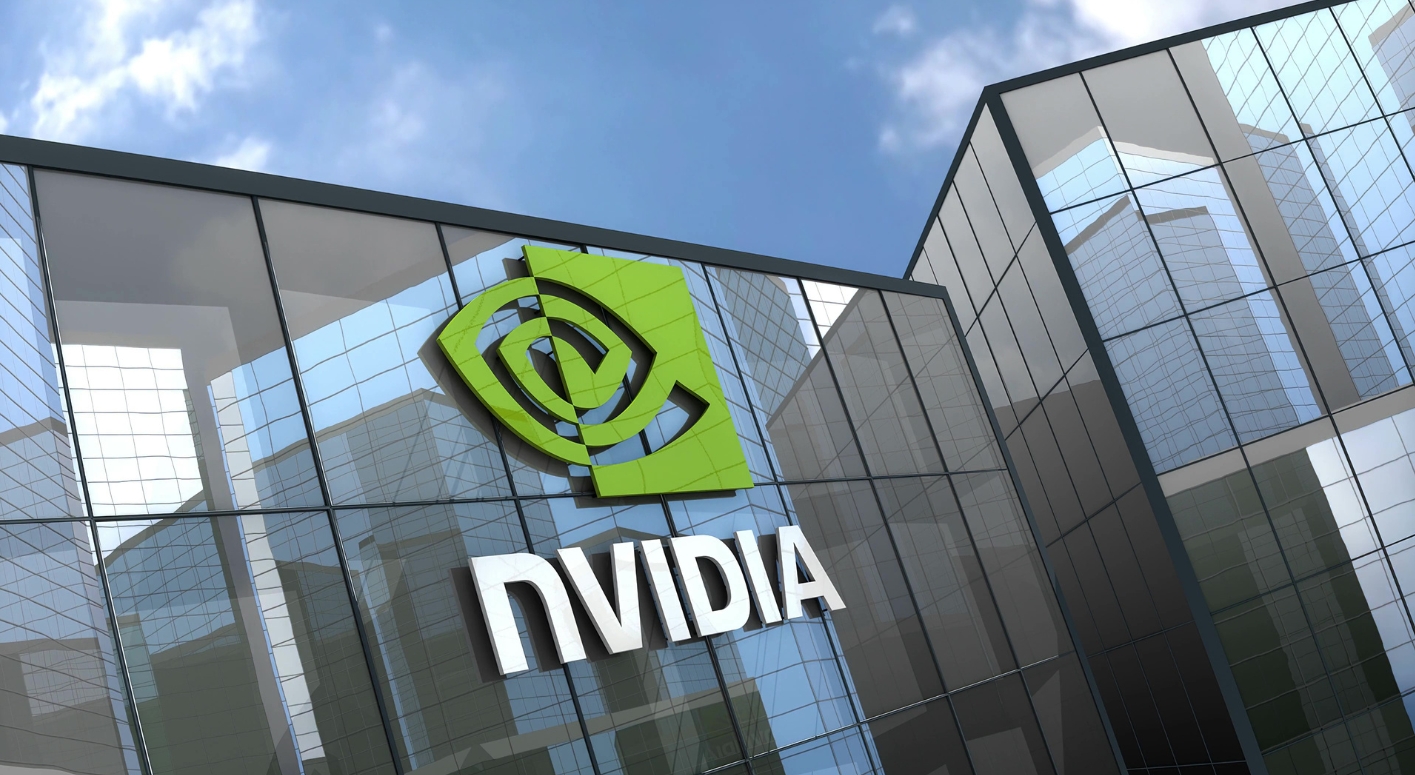Nvidia’s dominance in AI computing isn’t just about GPUs anymore.
The company is now spearheading a shift in data center architecture, targeting a transition from the traditional 54-volt direct current (DC) systems to a groundbreaking 800V high-voltage DC model.
Industry leaders expect that shift to unlock a new era of power efficiency and cost reduction. Two Nvidia data center partners, Navitas Semiconductor (NASDAQ: NVTS) and Vertiv (NYSE: VRT), are gaining investor attention.
According to Nvidia, these advanced 800V HVDC data centers will increase end-to-end power efficiency by up to 5%. They will also reduce maintenance costs by up to 70% due to fewer PSU failures and lower labor for upkeep. Copper demand will reduce by approximately 45%, lower cooling requirements by eliminating fan-cooled power supplies inside IT rack. Ultimately, this would trim total cost of ownership significantly, potentially by around 30%.
These gains could be essential as AI workloads intensify and energy consumption becomes a mounting concern.
One of the more compelling companies in this ecosystem is Navitas. They provide gallium nitride (GaN) and silicon carbide (SiC) semiconductors specifically suited for efficient power conversion.
From the initial transformation of 13.8kV alternating current at the data center’s perimeter to the final voltage regulation at the GPU level, Navitas’s technology covers the full power conversion chain.
Though the company recorded just $83.3 million in sales in 2024, news of its collaboration with Nvidia sent the stock surging more than 100% this year.
Navitas’s rapid growth reflects rising investor confidence in its long-term role in AI infrastructure. It’s a classic case of a small-cap player positioned for disproportionate upside, assuming execution matches ambition.
Vertiv, another key partner, brings expertise in critical infrastructure, everything from thermal management to power distribution. As next-gen data centers scale, Vertiv’s role in ensuring operational continuity and infrastructure efficiency is likely to expand alongside Nvidia’s ambitions.
With Nvidia targeting a 2027 rollout for these new facilities, there’s time for investors to evaluate these emerging enablers. But as early-stage interest turns into real infrastructure investment, the window of opportunity could narrow quickly.

